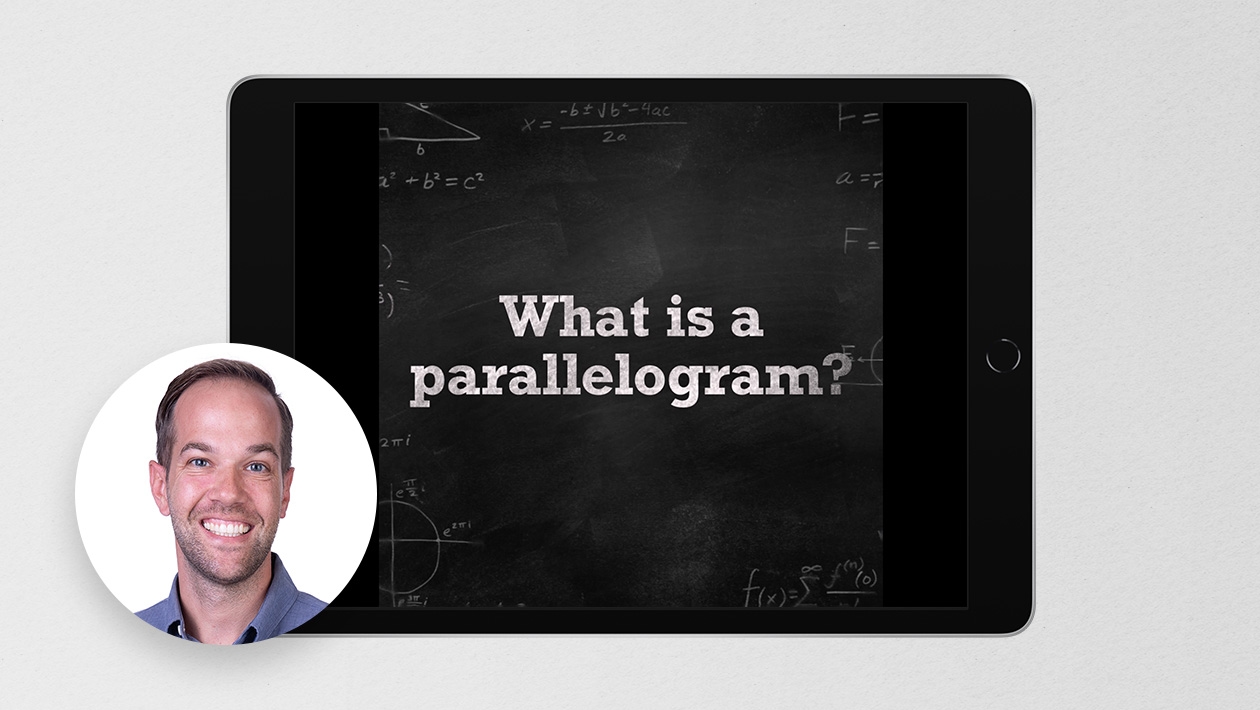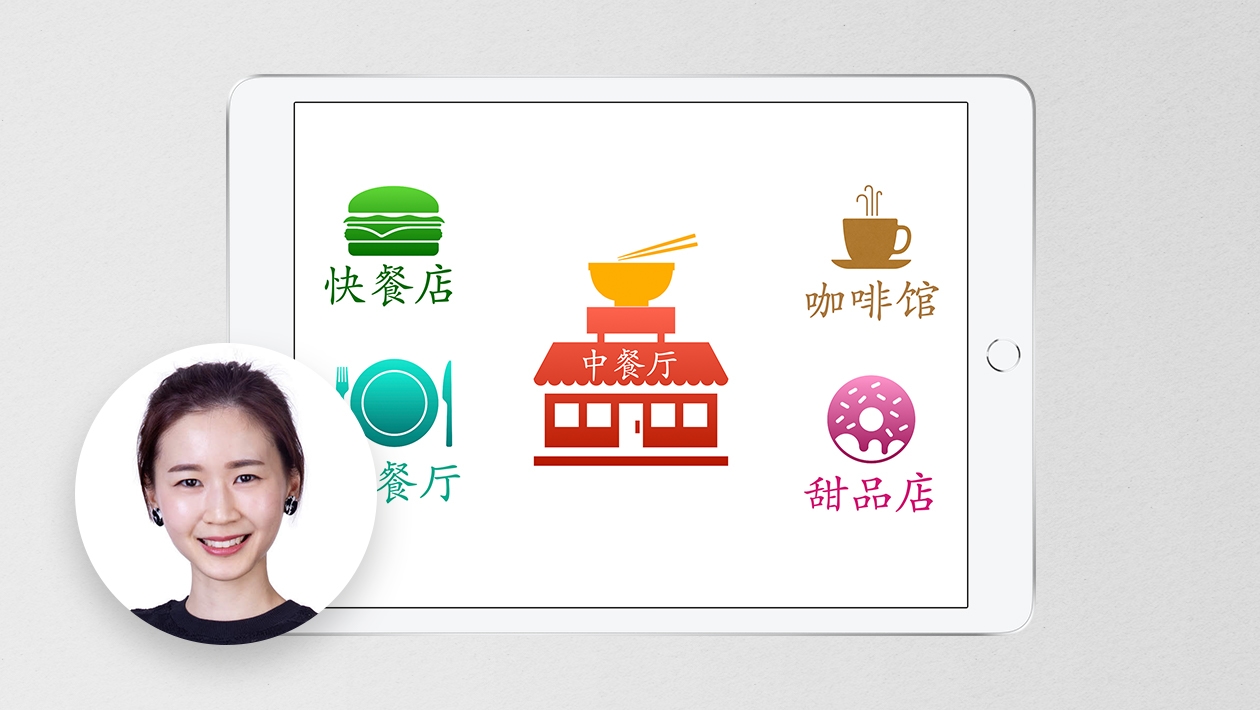One of the realities of mathematics education in Japan is that, while society and schools expect students to achieve high academic abilities (which they are meeting) in this area, they tend to avoid careers which rely on using mathematics when entering the workforce.
In addition, when studying mathematics in junior and senior high-school, some students suffer from learned helplessness due to the competitive peer pressure they experienced up to elementary school. They also tend to experience anxiety if material deviates from textbooks.
What is the value of learning mathematics for these Japanese students?
I asked many of my students to consider this question, and summarized their responses below.
They seem to enjoy both the practical and theoretical aspects of learning mathematics, and the knowledge, skills, and physical benefits that their learning brings.
In order to realize these goals in Japan, we need to make sure that:
• Students have time for practical and creative learning, using mathematics
• They learn the content of textbooks in a positive way.
• Those students who need mathematics for the Japanese university entrance examinations will not be disadvantaged.
For these reasons, I have been practicing the “efficient learning” and the “creative learning” methods of mathematics.
In this article, I will provide an example of “efficient learning”.
This is an ebook published on Apple Books that helps students learn in an individualized and optimal way that does not rely solely on traditional teaching methods.
(Japanese only below links)
リンク 確率分布と統計的な推測
リンク 命題と論証
etc
The practice of “creative learning” is scheduled to be released next month.









Attach up to 5 files which will be available for other members to download.